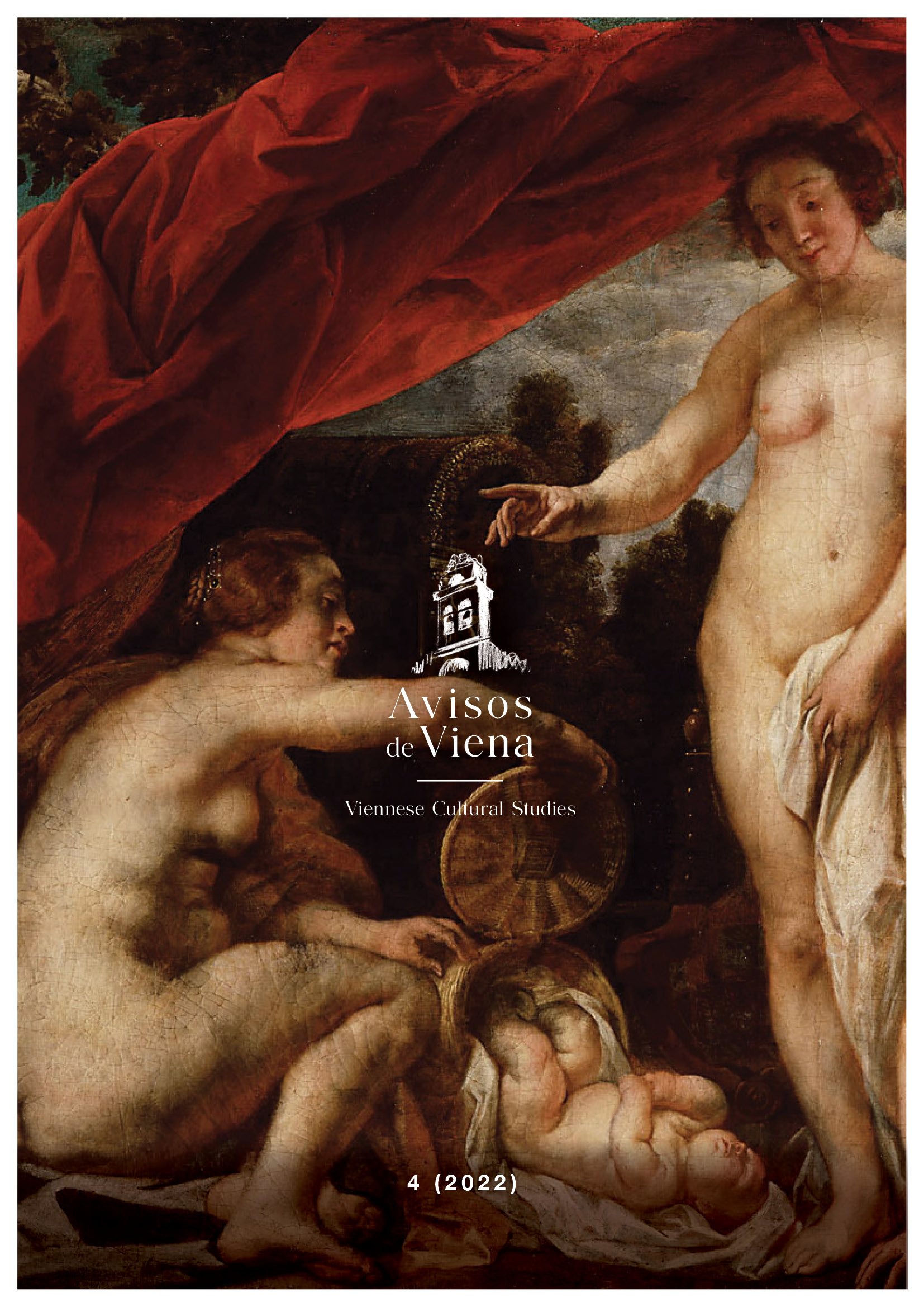“To die and to be born – two actions like one”
The analogy of birth and death in an allegorical play of Calderón
DOI:
https://doi.org/10.25365/adv.2022.4.7521Keywords:
Calderón, allegory, marriage, Body, Soul, death, birth, religious iconography, Spanish Golden AgeAbstract
In this article, we delve into Calderón's allegorical religious play El Pleito Matrimonial (1650?), focusing on the central theme of a wedding between Body and Soul. Through an unequal union, the immortal Soul and mortal Body face conflict, with Death and Sin plotting against their marriage. Calderón explores the extremes of life and death, depicting the intertwined nature of birth and mortality. As the plot unfolds, Soul demands the annulment of the marriage, leading to a profound exploration of life's transient nature and the hope for reunification beyond death. The play challenges conventional notions of birth and death, drawing parallels with religious iconography and inviting contemplation on the cycle of life. Through an intermedial approach, the play's semantic richness and cultural connotations are illuminated, offering a thought-provoking perspective on existence.
References
Calderón de la Barca, P. (1995). El Año Santo de Roma (I. Arellano & A. L. Cilveti, Eds.). Kassel: Edition Reichenberger.
Calderón de la Barca, P. (1998). La Vida es Sueño (E. Rodríguez Cuadros, Ed.). Madrid: Austral.
Calderón de la Barca, P. (2011). El Pleito Matrimonial (M. Roig, Critical Edition). Pamplona-Kassel: Universidad de Navarra.
Cohen, L. (1971). Last Year’s Man. YouTube. https://www.youtube.com/watch?v=ryHsUGUeMkc
Diccionario de Autoridades. Tomo III. (1732). Real Academia Española. https://apps2.rae.es/DA.html
Engelbert, M. (Ed.). (1969). El Pleito Matrimonial del Cuerpo y el Alma de Calderón de la Barca [Critical Edition]. Hamburg: De Gruyter.
Fournée, J. (2015). Himmelfahrt Mariens. In E. Kirschbaum (Ed.), LCI: Lexikon der christlichen Ikonographie (Vol. 2, pp. 276–283). Darmstadt: Herder.
Philipp, F. (1981). El Greco’s Entombment of the Count of Orgaz and Spanish Medieval Tomb Art. Journal of the Warburg and Courtauld Institutes, 44, 76–89.
Schmidt, H., & Schmidt, M. (1995). Die vergessene Bildersprache christlicher Kunst: Ein Führer zum Verständnis von Tier-, Engel- und Mariensymbolik. München: C.H. Beck.
Shakespeare, W. (1978). Shakespeare's Sonnets. Minneapolis: Lerner Publishing Group.
Downloads
Published
How to Cite
Issue
Section
License
Copyright (c) 2022 Hannah Mühlparzer

This work is licensed under a Creative Commons Attribution 4.0 International License.
© Open Access, CC BY 4.0








